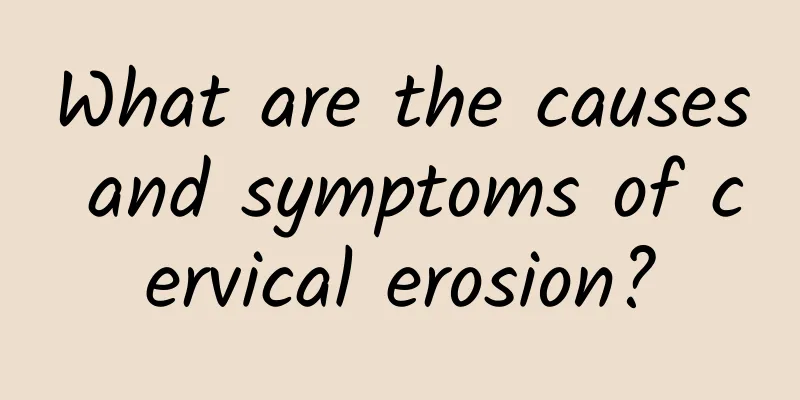What are the causes and symptoms of cervical erosion?

|
The main causes of cervical erosion include physiological factors, infection and hormonal changes, which may cause abnormalities on the surface of the cervix and trigger a series of symptoms. 1. Physiological factors: Cervical erosion is sometimes a normal physiological phenomenon, especially during adolescence or pregnancy. Due to changes in hormone levels, the cervical columnar epithelium is everted, which looks similar to erosion. This situation usually does not require special treatment, and the symptoms may subside on their own as hormone levels stabilize. 2. Infection: Bacterial, viral or fungal infections, such as human papillomavirus (HPV) infection, may cause cervical inflammation, which in turn leads to erosion. Cervical erosion caused by infection is often accompanied by symptoms such as increased discharge, odor, itching or pain. Treatments include the use of antibiotics, antiviral drugs or antifungal drugs, such as azithromycin, interferon or fluconazole. 3. Hormone changes: Long-term use of hormone drugs, such as birth control pills or hormone replacement therapy, may affect the normal structure of cervical tissue and cause erosion. Reducing the use of hormone drugs or adjusting the medication regimen, combined with local use of hormone regulating drugs, such as estradiol ointment or progesterone soft capsules, can help improve symptoms. Common symptoms of cervical erosion include: Abnormal vaginal discharge: Increased volume, unusual color, or odor. Vaginal bleeding: bleeding between periods or after sexual intercourse. Lower abdominal or lumbosacral pain: Mild to moderate pain that may be constant or intermittent. If the above symptoms occur, it is recommended to seek medical attention in time for gynecological examination, cervical smear and HPV test to make a clear diagnosis and develop an appropriate treatment plan. Maintaining good personal hygiene habits, avoiding unclean sexual behavior, and regular gynecological examinations can help prevent and early detect cervical erosion and related problems. |
<<: What are the symptoms of functional uterine bleeding?
Recommend
Acute adnexitis troubles women
What are the symptoms of acute adnexitis? Many wo...
Which hospital is better for treating uterine effusion?
Which hospital is better to go to for uterine eff...
How to diagnose adnexitis clinically
The symptoms of adnexitis vary clinically and are...
Can I eat radish and pork ribs soup after miscarriage? The specific method of radish and pork ribs soup
Many patients understand that they need to take s...
Women should always be on guard against the causes of pelvic inflammatory disease
Pelvic inflammatory disease is also a very common...
Can I use vinegar to wash vulvar leukoplakia?
When suffering from vulvar leukoplakia, you shoul...
What foods should not be eaten to prevent threatened abortion
There are many women who have threatened miscarri...
Diagnosis and analysis of Bartholin's gland cyst
Bartholin's gland cyst can be diagnosed by th...
What are the causes of uterine fibroids? What should I do if I have uterine fibroids?
Uterine fibroids are a common gynecological disea...
Irregular menstruation - what to do if your menstrual flow is small?
Irregular menstruation - what to do if the menstr...
Why do unmarried people also suffer from pelvic inflammatory disease?
It is also very important for unmarried women to ...
What are the recipes for vaginitis?
Vaginitis brings some inconvenience to women'...
What are the main causes of irregular menstruation in women?
Irregular menstruation is the most common gynecol...
What to do about dry vagina during menopause? See what the doctor says
Women find that their vagina is dry during menopa...
What are the early symptoms of uterine fibroids?
What are the early symptoms of uterine fibroids? ...









